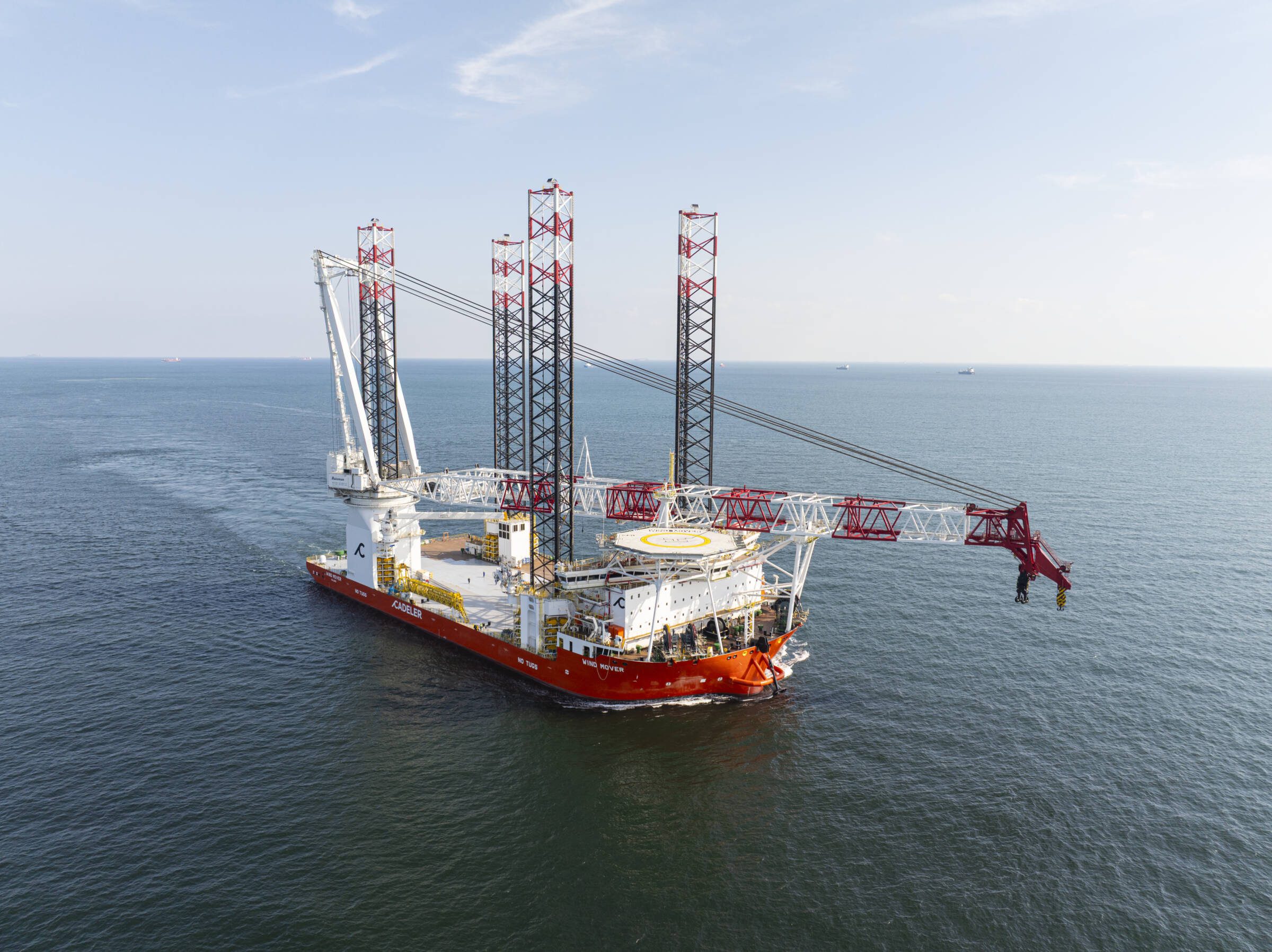The recently formed Bureau of Safety and Environmental Enforcement (BSEE), one of two federal agency’s that resulted from the reorganization of the Mineral’s Management Service, said today it has just completed its first unannounced oil spill drill, aimed at testing an operators ability to handle subsea a well control situation. The table-top drill, which took place last week, was led jointly by BSEE in conjunction with the U.S. Coast Guard and the State of Louisiana and tested Stone Energy Corporation’s ability to assess a subsea well control situation and mobilize the proper subsea containment/intervention equipment.
“The Unannounced Spill Drill Program provides an effective tool that helps us ensure operators are appropriately trained in effective containment deployment and that the necessary equipment and resources are truly in place to implement the approved response plan,” said BSEE Director James Watson. “This program is one of many diverse activities we employ within our agency to ensure operators are able to fully execute their oil spill response plans.”
The Unannounced Spill Drill Program, which was initiated in 1989, tests an operator’s ability to notify the appropriate entities and personnel in the event of a spill, including federal regulatory agencies, affected state and local agencies, internal response coordinators, and response contractors, and to take appropriate action to implement their response plan.
Last week’s drill tested Stone Energy Corp. with a scenario that was premised on a hypothetical blowout experienced by one of its deepwater exploratory wells. Stone Energy was chosen for the pop drill based on such factors as the number of oil producing facilities, the volume of oil production, and proximity to sensitive areas.
Items such as a location and an oil spill scenario is chosen with an eye to the operator’s current activities. Meanwhile, simulated weather conditions provided to the operator during the drill are used to produce a hypothetical trajectory of the spill.
A final evaluation of the drill will follow when analysis of all documentation is completed.

 Join The Club
Join The Club











